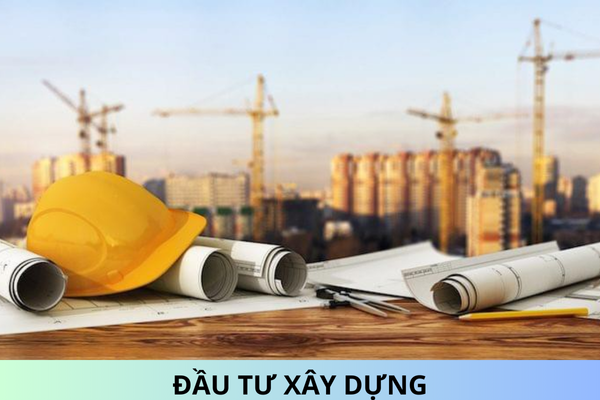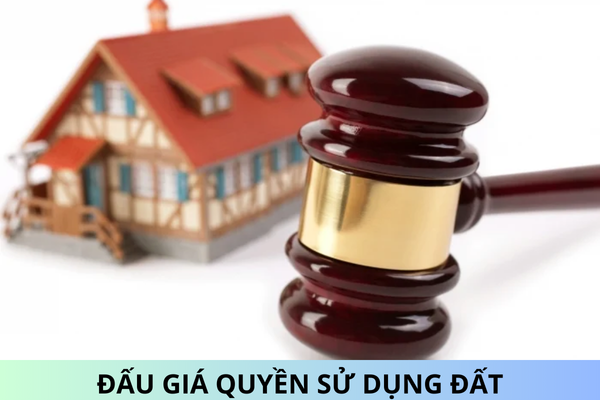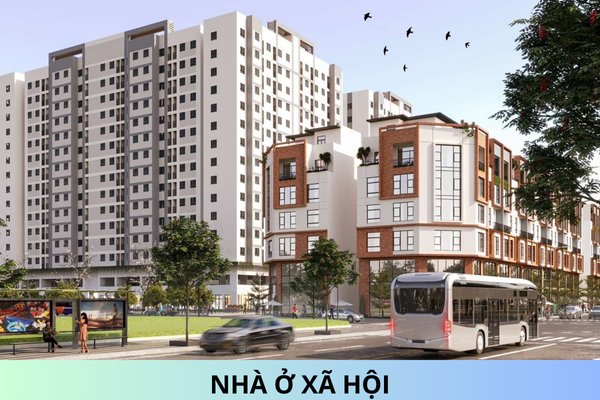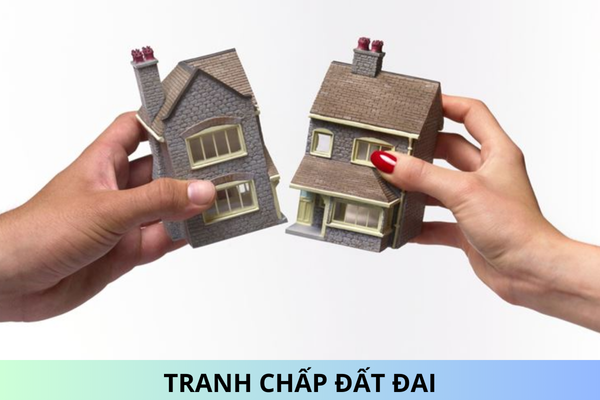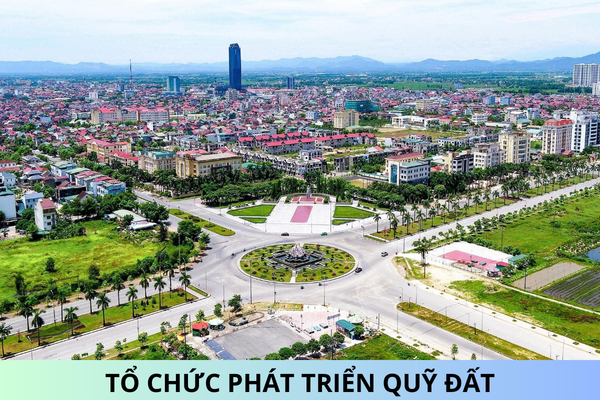How many floors do apartment buildings in Vietnam have? What is the lifespan of apartment buildings in Vietnam?
How many floors do apartment buildings in Vietnam have?
According to Article 2 of the Law on Housing 2023:
Article 2. Interpretation of Terms
In this Law, the following terms are defined as follows:
1. House is a construction intended for living and serving the living needs of families and individuals. Housing used for living and non-living purposes that are not prohibited by law is considered housing with mixed-use purposes.
2. Detached housing is housing constructed on a separate parcel of land under the ownership or leased/mortgaged land of an organization or individual, including villas, adjacent houses, and independent houses, built for living or mixed-use purposes.
Apartment buildings are residential structures with 02 floors or more, containing multiple apartments, shared corridors, staircases, with private and common ownership portions, and shared infrastructure systems for families, individuals, or organizations. This includes apartment buildings constructed for residential purposes and those with mixed-use purposes.
[...]
Thus, apartment buildings are residential structures with 02 floors or more, containing multiple apartments, shared corridors, staircases, with private and common ownership portions, and shared infrastructure systems for families, individuals, or organizations.
Apartment buildings include those constructed for residential purposes and those with mixed-use purposes.
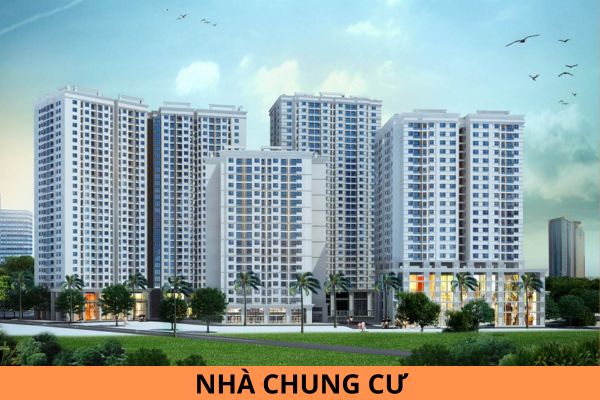
How many floors do apartment buildings in Vietnam have? What is the lifespan of apartment buildings in Vietnam? (Image from the Internet)
What is the lifespan of apartment buildings in Vietnam?
According to Article 58 of the Law on Housing 2023 which stipulates the lifespan of apartment buildings in Vietnam:
Article 58. Lifespan of Apartment Buildings
- The lifespan of apartment buildings is determined according to the design documents and the actual usage period of the apartment building, as concluded by competent inspection bodies. The lifespan according to design documents must be clearly stated in the appraisal document by the competent authority as per construction law regulations.
- The lifespan of apartment buildings is calculated from the date of construction acceptance as prescribed by construction law.
- When an apartment building reaches the end of its lifespan according to the design documents prescribed in clause 1 of this Article, or before reaching the end of its lifespan but it is damaged, at risk of collapse, not ensuring safety for owners and users, the provincial People's Committee must direct the inspection and assessment of the building's quality as stipulated in Article 61 of this Law.
- The announcement of an apartment building reaching the end of its lifespan is carried out in accordance with this Law and construction law regulations.
Thus, the lifespan of apartment buildings is determined according to design documents and the actual usage period as concluded by competent inspection bodies.
The lifespan of apartment buildings is calculated from the date of construction acceptance as prescribed by construction law.
What are cases of apartment buildings for mandatory demolition in Vietnam?
According to Article 59 of the Law on Housing 2023 which stipulates cases of apartment buildings for mandatory demolition in Vietnam:
Article 59. Cases Requiring Demolition of Apartment Buildings
1. Apartment buildings requiring demolition include the cases specified in clause 2 of this Article:
a) Apartment buildings have reached the end of their lifespan according to Article 58 of this Law and require demolition;
b) Apartment buildings have not yet reached the end of their lifespan according to Article 58 of this Law but require demolition.
2. Cases requiring demolition of apartment buildings include:
a) Apartment buildings are damaged by fire or explosion and no longer ensure safety for continued use;
b) Apartment buildings are damaged by natural disasters, calamities and no longer ensure safety for continued use;
c) Apartment buildings have major structural damage, at risk of collapse, not meeting the conditions for continued use, requiring urgent relocation of owners and users;
[...]
Thus, apartment buildings require demolition in the following cases:
- Apartment buildings are damaged by fire or explosion and no longer ensure safety for continued use.
- Apartment buildings are damaged by natural disasters or calamities and no longer ensure safety for continued use.
- Apartment buildings have major structural damage, at risk of collapse, not meeting the conditions for continued use, requiring urgent relocation of owners and users.
- Apartment buildings have severe damage with locally dangerous situations in the main structural components, and one of the following factors: fire safety infrastructure; water supply, drainage, and wastewater treatment; electricity supply, internal traffic do not meet current technical standards or pose safety risks in operation, exploitation, and use, requiring demolition to ensure safety for owners and users and requirements for urban renovation.
- Apartment buildings have damage in one of the main structural components such as foundations, columns, walls, beams, or girders that do not meet normal usage requirements and are in areas requiring comprehensive renovation according to approved construction plans.

